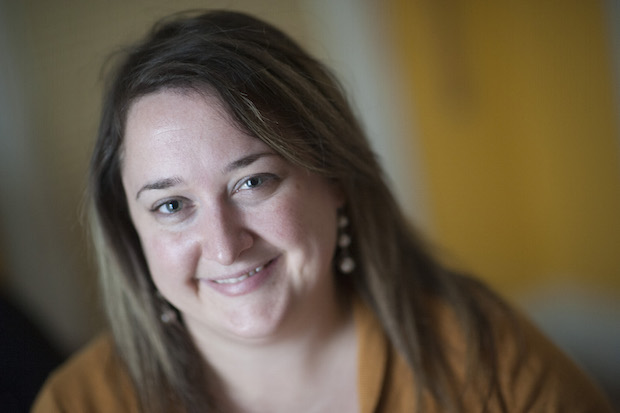The Disconnect Between Healthcare and Health Insurance
After three years helping artists get health insurance through Springboard for the Arts’ Artists’ Access to Healthcare program, I should be overjoyed that our country’s uninsured rate is at an all-time low. But, I can’t bring myself to celebrate because I know that simply having health insurance isn’t enough. We all need better access to healthcare.
If anyone should feel the full benefit of the Affordable Care Act (ACA), it’s artists. Prior to the ACA, artists didn’t have a guaranteed opportunity to get insured on the individual market; now they do. In addition, many artists’ incomes are low enough to qualify for discounts on their insurance. As a result, the uninsured rate for artists—which used to be nearly twice as high as the general population—is now in line with the national average (of around 9%).
Yet, one out of three artists I see struggles to afford insurance that will not help them pay for routine care when sick or injured. And they’re not alone. 31% of Americans delay needed medical care because of the cost, according to a 2015 Gallup poll, and this has remained essentially unchanged for the past decade, despite the Affordable Care Act.
Why? Because a few other things haven’t changed.
Health insurance still doesn’t guarantee affordable healthcare. High deductible insurance still exists, and people still struggle to afford better plans. This year, I met Tony, a middle-aged painter filmmaker, who saves $1,200 a year on his insurance premiums. But, the only insurance plan he can afford has premiums and a deductible that equate to nearly 30% of his annual income; That means Tony must spend nearly 30% of his income on these expenses before he sees any benefit of having insurance when sick or injured. He’s avoiding needed medical care for fear of the cost.
It’s still complicated to get and keep insurance. People can’t sign-up or switch their insurance whenever they want, and we have an unstable market. As insurance companies try to find their feet, it’s nearly impossible to anticipate what insurance premiums will look like from year to year, or which insurers will be offering plans on the individual market. Artists and others with fluctuating income may bounce back and forth between different types of insurance as they gain and lose eligibility for discounted insurance.
A glitch in the law is stopping people from getting discounted insurance they could qualify for. Kyra came to me for help insuring her two young kids. Her kids should have qualified for discounted insurance, but didn’t simply because Kyra has the ability to get her kids insured through her workplace, which is a known glitch in the law. It did not matter that the cost to insure her children through her workplace is prohibitively expensive.
After three years, I still don’t fully know the ins and outs of this system, and rely on my state’s health insurance marketplace—and their legal team—to help guide my work. Yet, we expect the average American to know these things or connect to someone like myself before it’s too late. When that doesn’t happen, I see artists stuck without insurance or with insurance they don’t want (in lieu of being uninsured), paying more for insurance than they should be, or struggling to pay back insurance discounts that they shouldn’t have qualified for. These are the types of things a good healthcare system should prevent.

So, how can we make this better?
We need a system that’s designed around what people can actually afford to pay for their health insurance and their healthcare in a given year. Given the cost of housing, food, transportation, utilities, daycare, and so on, how much can individuals actually pay for their health, and how do we make this attainable? It’s not enough to be insured if you can’t afford the care you need. In an article for the Journal of the American Medical Association, President Obama proposes we sustain the current system while adding a new tax credit, rebate and public insurance options.
We need a more equitable system. As we work towards affordability, we can’t forget about equity. We need application processes and systems designed for people who aren’t attorneys and accountants, who don’t speak English, who aren’t computer savvy, who don’t have predictable incomes, and who don’t have the connections that are currently required to help navigate this system.
We need to play nice. Part of why these problems aren’t being addressed is that every critique of the system is used as a weapon to try to destroy the whole idea of healthcare access. Let’s stop doing this. I know that, because of the ACA, many people have affordable insurance that is helping them get the care they need. I also know that we can, and must, do better.
People need a system that they feel encouraged to participate in. And, most of all, people need healthcare.
More healthcare resources on Creative Exchange
-Connect your community to healthcare with four small things to do today.
-Get the Healthcare Voucher Program and Free Healthcare Days Toolkit.
-Get the Artists’ Health Fair Toolkit.

[…] need the protections of the Affordable Care Act. I know that the ACA is not perfect, and we need to take steps to fix its flaws, but this is important for our creative communities. Just like a quarterback can’t play with a […]